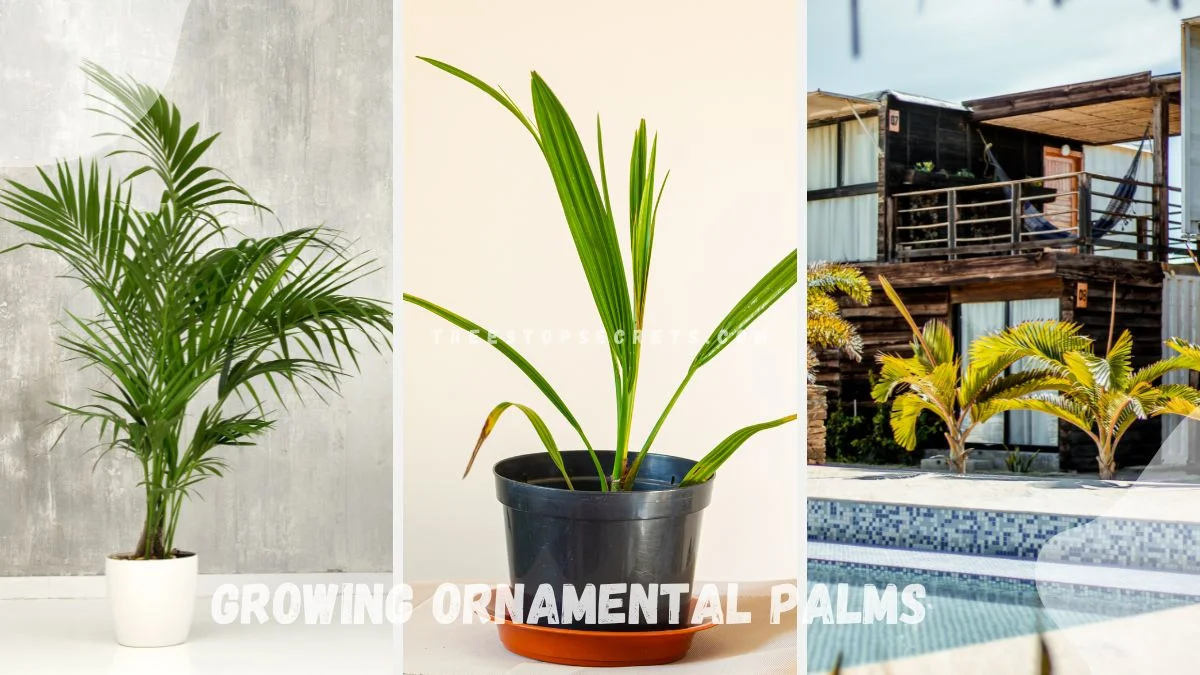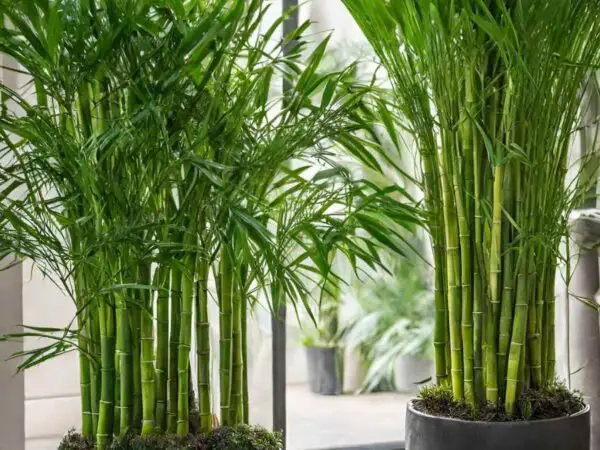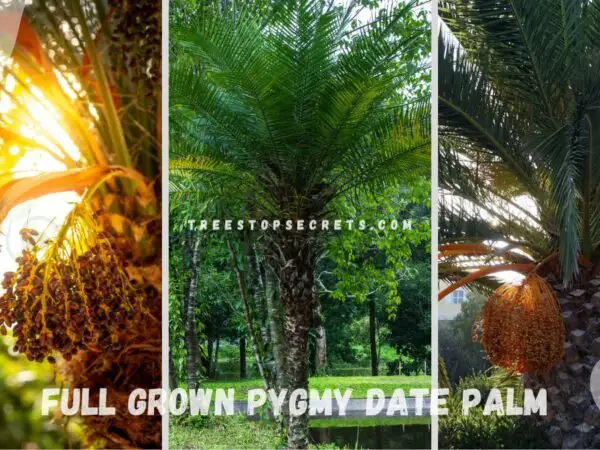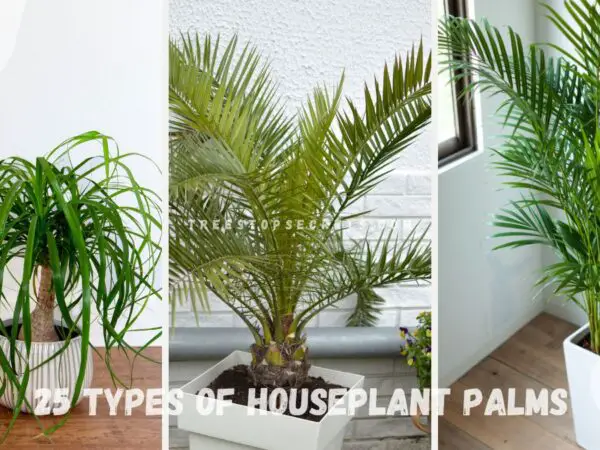Growing Ornamental Palms can be a rewarding and aesthetic addition to any garden or indoor space. Whether you’re a seasoned gardener or a beginner, mastering the cultivation of these elegant plants is achievable with the right knowledge and care. Ornamental palms, with their diverse range of species, add a touch of the tropics and can thrive in various climates if provided with suitable conditions. By understanding their specific requirements for light, soil, and water, you can successfully grow healthy and vibrant ornamental palms, transforming your landscape or home into a lush, green sanctuary.
To successfully grow ornamental palms, start by selecting a species suited to your climate and space. Most palms prefer well-drained soil, adequate light, and consistent watering, but specific needs can vary. For instance, the Areca Palm thrives in bright, indirect light, while the Sago Palm tolerates lower light levels. Regular fertilization with a balanced palm fertilizer during the growing season supports healthy growth. Additionally, protecting palms from extreme temperatures and pests is crucial. Pruning should be minimal, focusing on removing dead fronds to encourage robust development. With these steps, you can nurture thriving ornamental palms in your environment.
If you're eager to expand your knowledge on Growing Ornamental Palms, there are more detailed guides and tips available. Dive into the specifics of palm care to ensure your palms not only survive but flourish in their setting, whether indoors or outdoors. Your journey to cultivating beautiful palms starts with understanding their unique needs and providing consistent, appropriate care.
Key Takeaways
- Choose the Right Palm: Select ornamental palms based on your climate, space, and desired aesthetic to ensure they thrive in your garden.
- Plant with Care: When planting ornamental palms, pay attention to soil quality, drainage, and sunlight exposure to promote healthy growth.
- Practice Regular Care: Maintain your palms by watering consistently, fertilizing appropriately, and pruning damaged fronds to keep them looking their best.
- Address Problems Promptly: Identify and resolve common issues like yellowing leaves, pests, or diseases early to prevent further damage to your palms.
- Level Up Your Care: Consider advanced techniques such as soil testing, specialized fertilization, or professional pruning services to take your palm care to the next level.
- Remember: The health and beauty of your ornamental palms depend on thoughtful selection, proper planting, consistent care, and timely intervention when issues arise.
Choosing Your Palm
Types of Palms
When selecting a palm tree for indoor growth, consider Areca palm, known for its feathery fronds. Another popular choice is the Parlor palm, with delicate, arching fronds. The Kentia palm is a favorite for its elegant, dark green foliage.
Each palm species has its unique characteristics: Areca palms are bushy and can reach significant heights, while Parlor palms stay compact. Kentia palms have graceful, drooping fronds that add a touch of sophistication to any space.
To ensure optimal growth, it's crucial to understand the growth requirements of each palm variety. Areca palms thrive in bright, indirect light and require regular watering. Parlor palms prefer low light conditions and consistent moisture. Kentia palms do well in moderate light and need well-draining soil.
Light Needs
Light is essential for the growth of indoor palm trees as it aids in photosynthesis. Provide indirect sunlight for most palm species to prevent leaf burn. Consider placing palms near east or west-facing windows to receive adequate light without direct exposure.
Adjust the light exposure based on your palm's needs. If you notice yellowing leaves, it may indicate insufficient light. On the other hand, brown spots can signal too much direct sunlight. Move your palm gradually to find the ideal spot for healthy growth.
Soil Preferences
Palms require well-drained soil to prevent root rot and promote healthy growth. Use a potting mix specifically designed for palms or create a blend of peat moss, perlite, and sand. Ensure the pot has drainage holes to avoid waterlogging.
Nutrient-rich soil is vital for palm trees to thrive. Incorporate organic matter like compost or slow-release fertilizer into the soil mix to provide essential nutrients. Before repotting your palm, check the roots for any signs of damage or overcrowding.
Water Requirements
Understanding the watering needs of indoor palm trees is crucial for their health. Most palm species prefer moderate watering, allowing the top inch of soil to dry between waterings. Adjust the frequency based on environmental conditions like humidity levels.
Overwatering can lead to root rot and fungal diseases in palms. To avoid this, ensure proper drainage in your pots and use containers with saucers to catch excess water. Monitor your palm's leaves for signs of dehydration, such as browning tips or wilting.
Planting Your Palm
Seed Planting Guide
Plant palm tree seeds in well-draining soil, ensuring they are not buried too deep. Water lightly but frequently. Palm tree seeds typically germinate within 1-3 months. As they grow, provide ample sunlight and avoid overwatering. Caring for palm tree seedlings involves maintaining consistent moisture levels and protecting them from extreme temperatures.
Potting Basics
When potting indoor palm trees, choose pots with drainage holes to prevent waterlogging. Select a pot size that allows for root growth and use a well-draining soil mix. Repot palm trees every 2-3 years or when roots outgrow the current pot. Repotting promotes healthy root development and overall plant growth.
Repotting Tips
To repot indoor palm trees, gently remove the plant from its current pot and inspect the roots for overcrowding or rot. Choose a new pot that is 2 inches larger in diameter than the current one. Fill the bottom with fresh soil, place the plant in the center, and add more soil around the roots. Water thoroughly after repotting to help the plant adjust.
Essential Care Practices
Temperature and Humidity
Indoor palm trees thrive in temperatures between 65-85 degrees Fahrenheit, with humidity levels around 50-60%. To maintain ideal conditions, use a humidifier or pebble tray filled with water near the plant. Shield palms from drafts and sudden temperature changes to prevent stress.
Fertilizing Techniques
Fertilizing is crucial for indoor palm trees to replenish nutrients in their confined environment. Use a balanced liquid fertilizer or slow-release pellets for optimal growth. Different palm species may require specific formulations; research your palm's needs before fertilizing. Apply fertilizer every 2-3 months during the growing season, following package instructions for dosage.
Pruning Advice
Pruning plays a vital role in maintaining the health and appearance of palm trees by removing dead or damaged fronds. Trim yellow or brown leaves close to the trunk using sharp, clean pruning shears. Avoid cutting green fronds unless necessary, as they are essential for photosynthesis. Regularly inspect your palm tree for signs of pests or diseases while pruning to ensure its overall well-being.
Troubleshooting Common Issues
Pest and Disease Management
Indoor palm trees are susceptible to common pests like spider mites and mealybugs, as well as diseases such as root rot. Regularly inspect your plants for signs of infestation or disease. To prevent issues, maintain proper humidity levels and avoid overwatering. Treat pests with neem oil or insecticidal soap, while fungal diseases may require fungicides.
Browning Tips
Brown leaves on palm trees can result from underwatering, low humidity, or direct sunlight exposure. Ensure adequate watering and misting to maintain humidity levels. Trim brown leaves using clean shears to promote new growth. Consider relocating the plant to a spot with filtered sunlight to prevent further browning.
Yellow Leaves
Yellowing palm tree leaves may indicate nutrient deficiencies, overwatering, or pest infestations. Address yellow leaves by adjusting watering schedules and providing balanced fertilization. Remove severely yellowed leaves to encourage healthy growth. Differentiate between natural leaf shedding and abnormal yellowing by monitoring leaf color changes over time.
Brown Spots
Brown spots on palm tree leaves can be caused by fungal infections, nutrient deficiencies, or pest damage. Diagnose the issue by examining the spots for patterns or signs of pests. Treat fungal infections with fungicides and provide proper nutrients through fertilization. Prevent brown spots by ensuring good air circulation around the plant and avoiding overhead watering.
Advanced Palm Care
Humidity Tricks
Maintaining optimal humidity levels around indoor palm trees is crucial for their health and growth. One effective trick is to group plants together to create a microclimate. Another method is using a pebble tray filled with water to increase humidity naturally. Misting the palm's leaves can help in boosting humidity levels.
Growth Boosting Tips
To promote healthy growth in indoor palm trees, ensure they receive adequate sunlight and are placed in well-draining soil. Regularly fertilize the palms with a balanced fertilizer to provide essential nutrients for growth. Pruning dead or damaged fronds also encourages new growth and enhances the overall appearance of the palm tree.
- Pros:
- Improved growth rate.
- Healthier and more vibrant foliage.
Seasonal Care
Adapting care routines based on seasonal changes is vital for the well-being of indoor palm trees. During the warmer months, increase watering frequency and provide ample sunlight for optimal growth. In colder seasons, reduce watering but maintain humidity levels by misting the leaves regularly. Before winter arrives, inspect the palm for pests and diseases to prevent issues during the dormant period.
- Spring:
- Increase watering as temperatures rise.
- Monitor new growth and adjust care accordingly.
- Summer:
- Provide protection from direct sunlight.
- Watch out for signs of overwatering.
- Fall:
- Gradually reduce watering frequency.
- Prepare the palm for lower light conditions.
- Winter:
- Limit watering to prevent root rot.
- Maintain consistent humidity levels indoors.
Summary
By following the steps outlined in this guide, you now have the knowledge to successfully grow ornamental palms. Choosing the right palm, planting it correctly, providing essential care, troubleshooting issues, and mastering advanced care techniques are all crucial for your palm's health and growth. With these practices in place, you can create a vibrant and lush environment that enhances the beauty of your space.
Now that you have the tools to care for your ornamental palms, go ahead and put your newfound expertise into action. Remember to observe your palms regularly, adjust your care routine as needed, and enjoy the satisfaction of watching them thrive under your attentive care.
Frequently Asked Questions
How do I choose the right ornamental palm for my space?
To choose the right ornamental palm, consider factors like sunlight exposure, space availability, and climate suitability. Research different palm species to find one that fits your specific requirements for size, care needs, and aesthetic appeal.
How should I plant my ornamental palm for optimal growth?
When planting an ornamental palm, ensure the soil is well-draining and rich in nutrients. Dig a hole twice as wide as the root ball, gently place the palm in the hole at the same depth it was in the container, and backfill with soil. Water thoroughly after planting.
What are some essential care practices for maintaining healthy ornamental palms?
Regular watering, fertilizing, and pruning dead fronds are essential care practices for ornamental palms. Monitor for pests and diseases, provide adequate sunlight, and protect palms from extreme weather conditions to promote optimal growth and vibrant foliage.
What are common issues faced when growing ornamental palms?
Common issues when growing ornamental palms include yellowing or browning of leaves due to overwatering or underwatering, pest infestations like spider mites or scale insects, and nutrient deficiencies. Address these issues promptly by adjusting care practices and using appropriate treatments.
How can I advance my care practices for ornamental palms?
To advance your care practices for ornamental palms, consider specialized fertilizers for palms, implement a regular inspection schedule for early pest detection, learn about specific palm species requirements, and explore advanced techniques like air-layering or trunk cleaning to enhance the health and appearance of your palms.
Image Source: Paid image from CANVA





